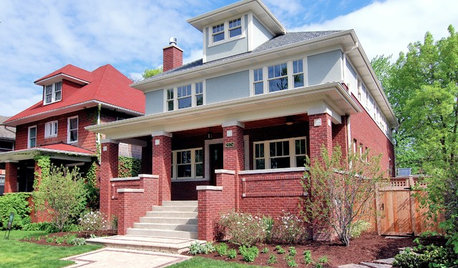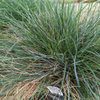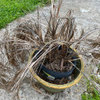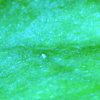HELP! Phytophthora Root Rot Plum Trees
natschultz
14 years ago
Related Stories

FRUIT TREESHow to Grow Your Own Juicy Plums
Easier than other stone fruits and with a variety of colors to choose from, plums are a versatile garden addition
Full Story
EDIBLE GARDENSGrow Plum Hybrids for Your Favorite Fruit Flavors
Plums are cozying up with apricots, peaches and even cherries — here’s how to grow these hybrids for the best aspects of each
Full Story
GARDENING AND LANDSCAPING8 Rot-Resistant Woods for Your Outdoor Projects
No need for chemical treatments on your deck or pergola. These woods stand up to weather, insects and time beautifully on their own
Full Story
GARDENING GUIDESHow to Keep Your Trees Healthy
Ensure your trees’ vigor for years to come with these tips for protecting roots, watering effectively and more
Full Story
ARCHITECTURERoots of Style: Do You Live in a Minimalist Traditional House?
Cottages, bungalows, farmhouses ... whatever you call them, houses in this style share several characteristics. See how many your house has
Full Story
ARCHITECTURERoots of Style: The Eclectic American Foursquare
The turn-of-the-20th-century style transitioned U.S. residential architecture from the Victorian era to the modern age
Full Story
STANDARD MEASUREMENTSThe Right Dimensions for Your Porch
Depth, width, proportion and detailing all contribute to the comfort and functionality of this transitional space
Full Story
GARDENING GUIDESTree Care: Common Tree Diseases and What to Do About Them
Learn to recognize trees that may be affected by diseases or pests so you can quickly take action
Full Story
GARDENING GUIDESHow to Keep Your Citrus Trees Well Fed and Healthy
Ripe for some citrus fertilizer know-how? This mini guide will help your lemon, orange and grapefruit trees flourish
Full Story
ARBOR DAY8 Reasons to Plant a Great Tree
Beauty is its own reward, but the benefits of planting the right tree in the right place go way beyond looks
Full StoryMore Discussions










natschultzOriginal Author
jean001
Related Professionals
Danbury Landscape Architects & Landscape Designers · Windham Landscape Architects & Landscape Designers · Benbrook Landscape Architects & Landscape Designers · Severn Landscape Architects & Landscape Designers · Edmond Landscape Contractors · Dinuba Landscape Contractors · Edwardsville Landscape Contractors · Hannibal Landscape Contractors · Long Branch Landscape Contractors · Nashua Landscape Contractors · Pueblo West Landscape Contractors · Teaneck Landscape Contractors · Oxon Hill Landscape Contractors · Goldenrod Landscape Contractors · Shenandoah Landscape Contractorsjean001
frank1965
natschultzOriginal Author